Thermodynamics Lab Products
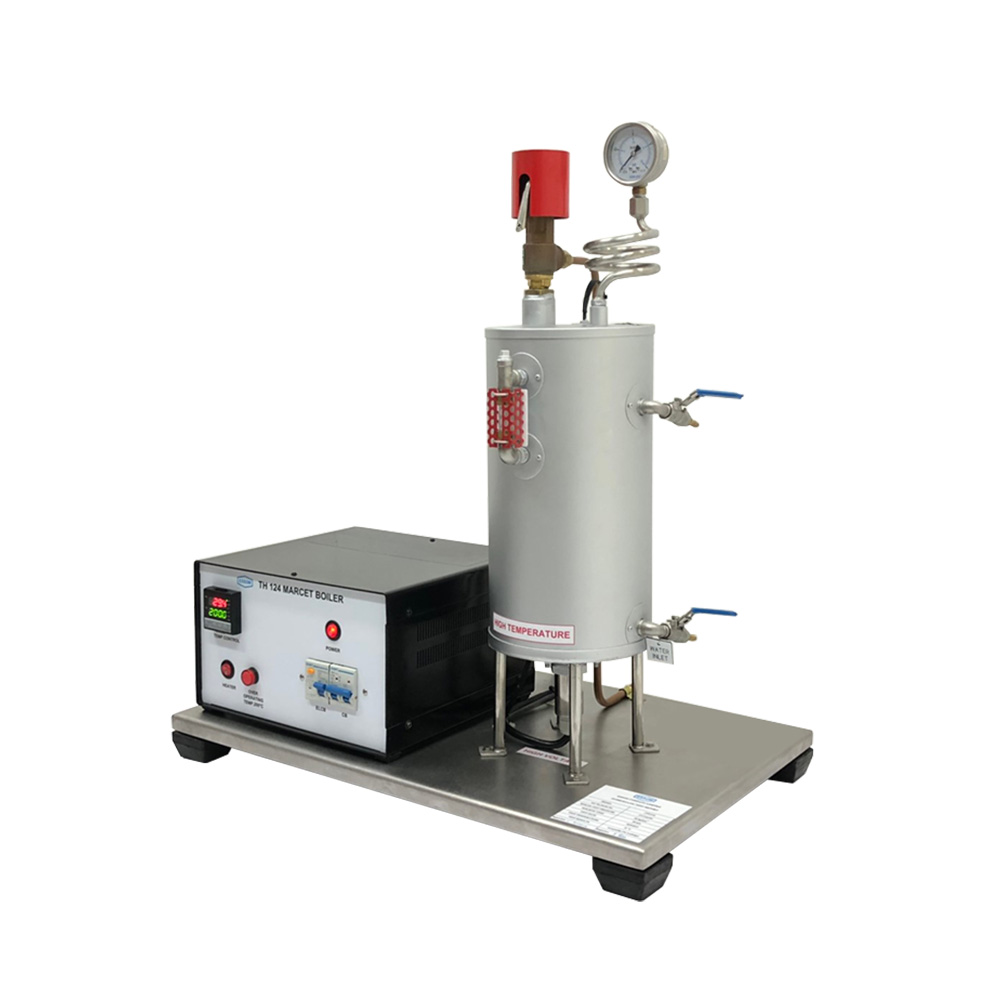
Saturation pressure
Code : (MT-11)
The experimental unit allows for the illustration of the correlation between water pressure and temperature in a clear and simple way.
• Recording the vapor pressure curve of water.
• Illustrating how pressure and temperature are related in a sealed system.
• Measuring temperature and pressure.
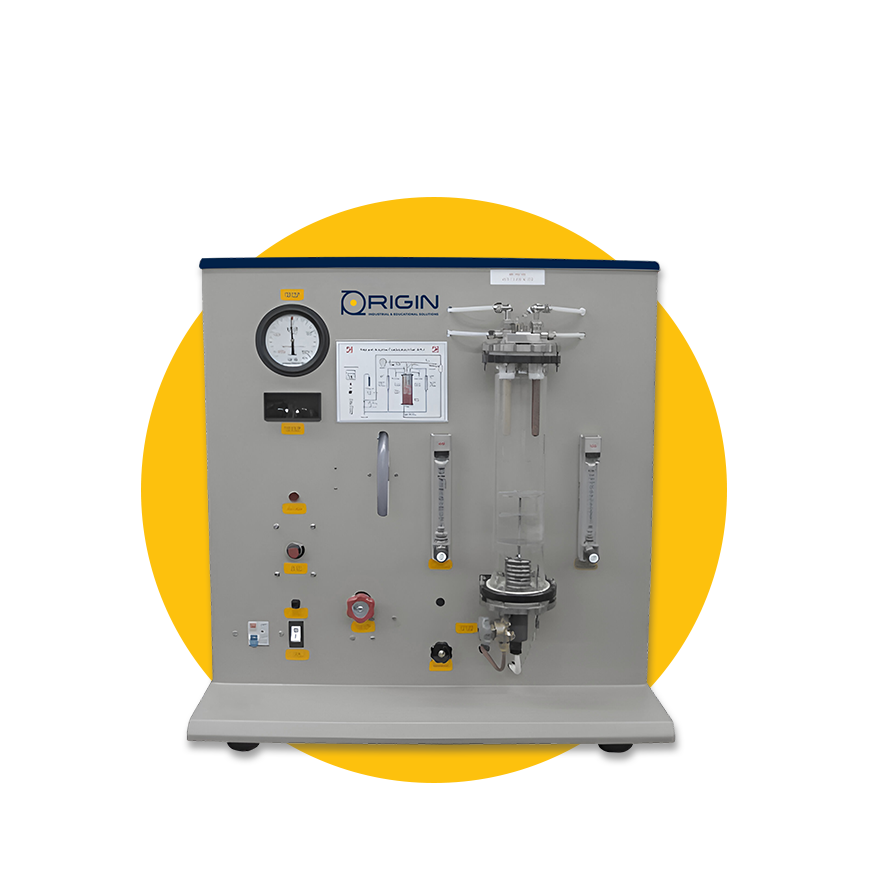
Boiling training system
Code : (MT-12)
The experimental unit allows for the illustration of boiling and evaporation processes in a simple way.
These processes occur within a transparent container.
• Different forms of evaporation can be represented visually,
• Free convection boiling, nucleate boiling, and film boiling.
• The process of evaporation can be influenced by the temperature and pressure.
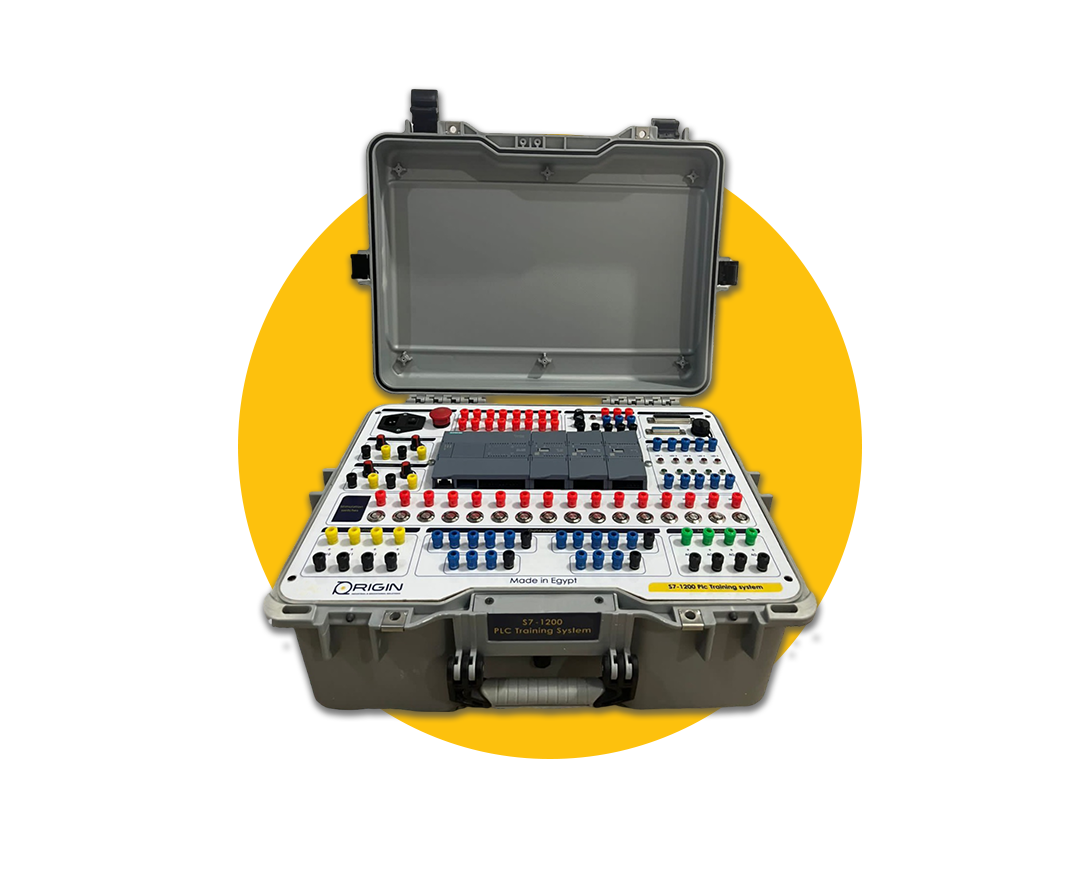
Cooling by evacuation
Code : (MT-13)
The Cooling by Evacuation trainer is an apparatus created to illustrate vacuum cooling principles rooted in evaporative cooling.
Additionally, the trainer permits users to explore the impacts of Kinetic Gas Theory.
• Investigate the correlation between vacuum and evaporative cooling.
• Explore the connection between temperature and pressure.
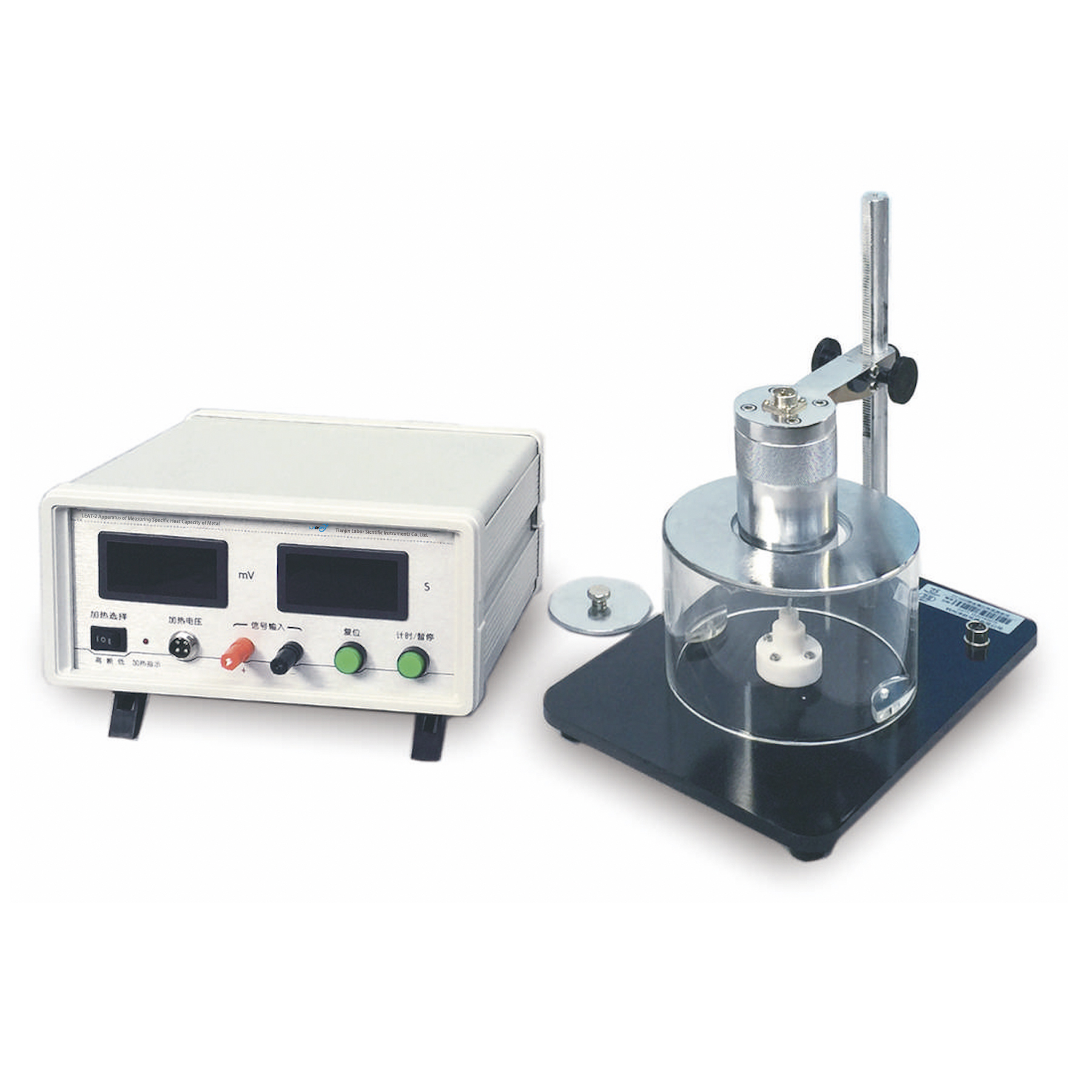
Heat capacity
Code : (MT-14)
The training system provides an introduction to the concept of heat capacity for trainees.
Heat capacity is a consistent parameter unique to each type of metal material.
By utilizing this training system, trainees can determine the specific heat capacity of various types of metals.
• Demonstration of heat capacity
• Calculating heat capacity of different metals
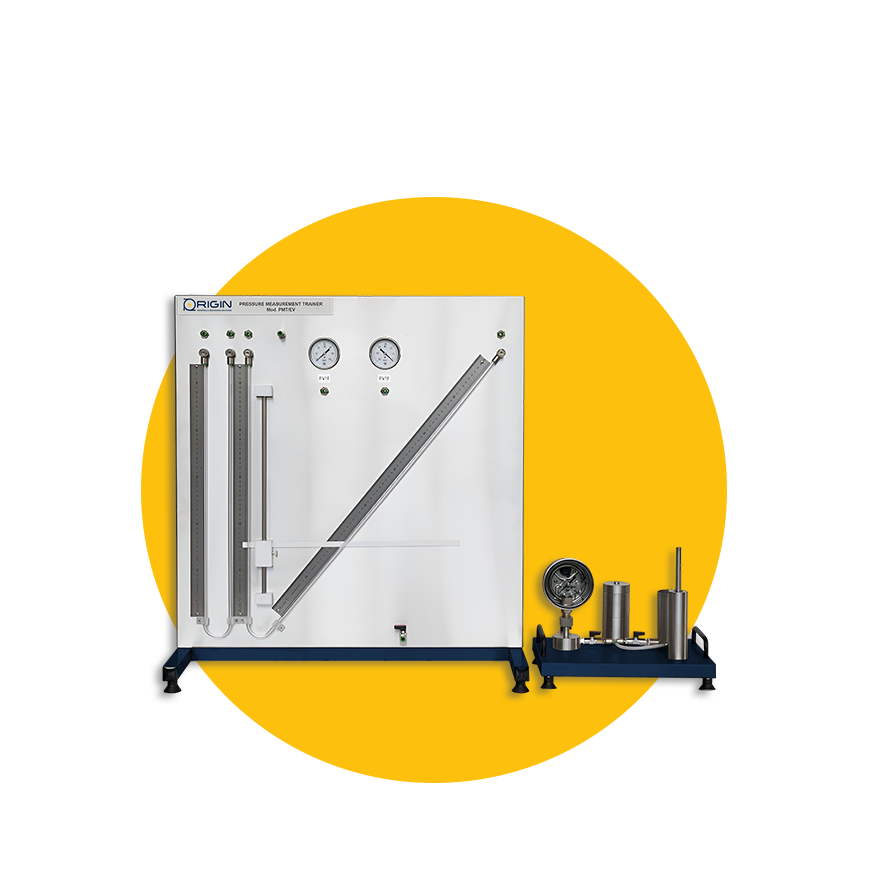
Pressure measurements
Code : (MT-15)
The experimental unit allows users to measure pressure using two different methods: by gauging the length of a liquid column (U-tube manometer) and by monitoring the change in shape of a Bourdon tube (Bourdon tube pressure gauge).
• Getting to know 2 distinct measurement techniques:
- The direct method using a U-tube manometer and an inclined tube manometer
- The indirect method using a Bourdon tube pressure gauge
• Understanding the operating principle of a Bourdon tube pressure gauge
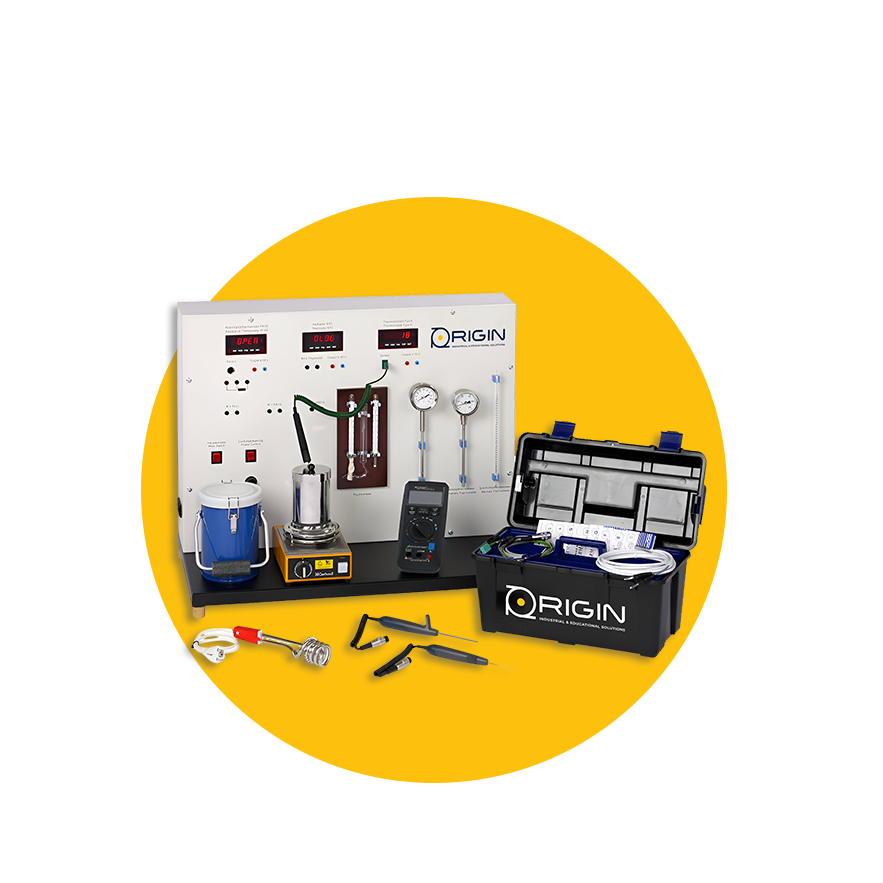
Temperature measurements
Code : (MT-16)
The experimental unit encompasses a wide range of temperature measurement techniques, including non-electrical methods like gas- and liquid-filled thermometers and bimetallic thermometers also with all standard electrical measuring methods
• Exploring the basics of temperature measurement through hands-on testing.
• Getting to know the different techniques, where they are used, and their unique characteristics
• Non electrical methods: thermometers filled with gas or liquid, bimetallic thermometers, and temperature measurement strips.
• Electrical methods: thermocouples, Pt100 resistance thermometers, and NTC thermistors.
• Measuring air humidity using a psychro-meter & adjusting the settings of electric temperature sensors.
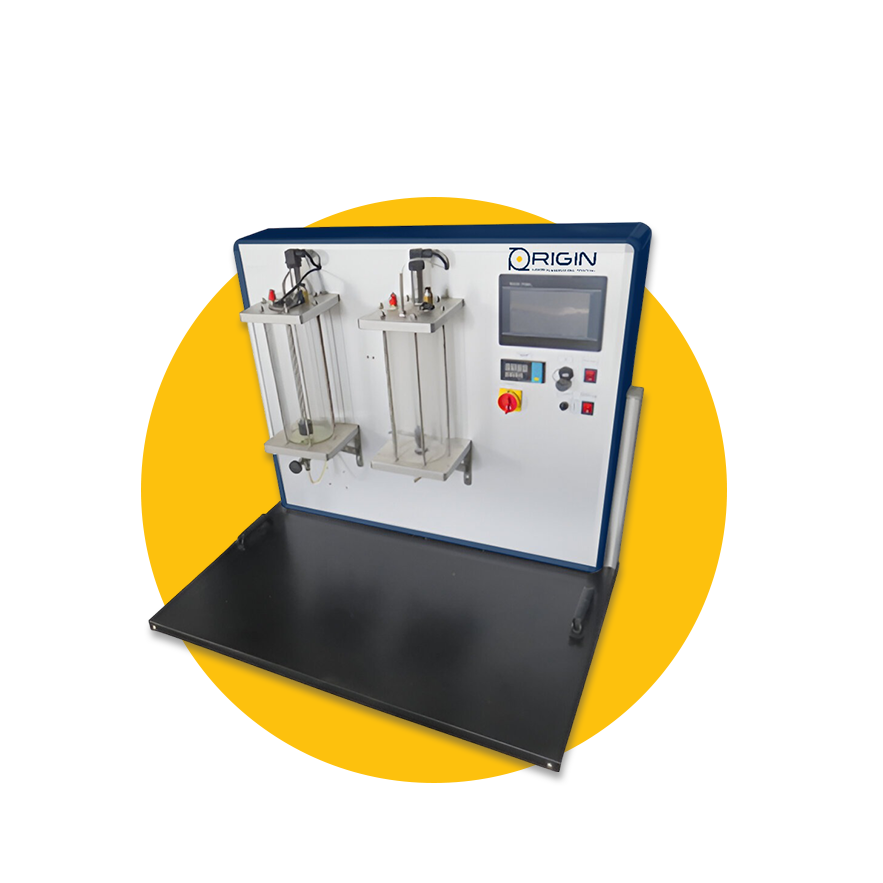
Change of state
Code : (MT-17)
The trainer allows for the experimental study of two types of state changes: isothermal changes, also known as Boyle-Mariotte law, and isochoric changes that occur at a constant volume.
• Experimentally showcasing the laws governing state changes in gases.
• Conducting an isothermal change of state, as per Boyle’s law
• Isochoric change of state by Gay-Lussac’s 2nd law.
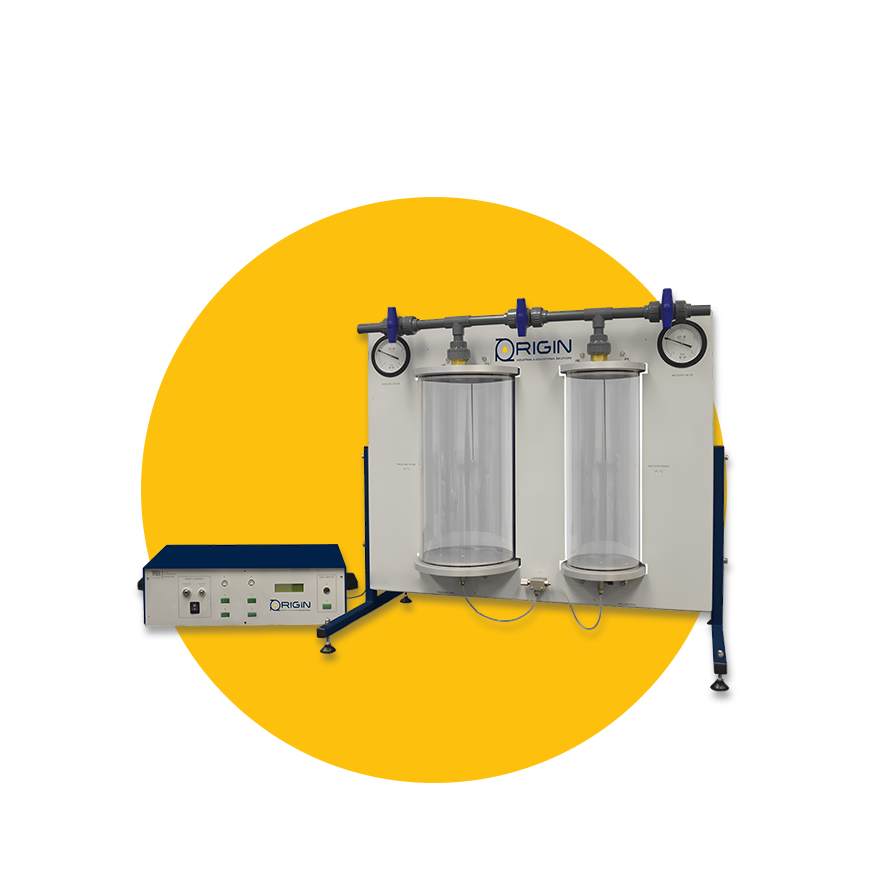
Expansion of gases
Code : (MT-18)
The experimental unit allows trainees to study the expansion of ideal gases, focusing on determining the adiabatic exponent of air using the Clément-Desormes method.
• The adiabatic exponent can be calculated using the Clément-Desormes method.
• Air undergoes an adiabatic change in state.
• Air also experiences an isochoric change in state.

Condensation
Code : (MT-19)
The experimental unit allows for the illustration of various condensation processes by using two tubular-shaped water-cooled condensers constructed from different materials.
A polished gold-plated surface is utilized to demonstrate dropwise condensation, while a matte copper surface is used to show film condensation formation
• Dropwise and film condensation observation
• Investigation of the heat transfer coefficient.
• Influence of pressure, temperature, and non-condensable gases on the heat transfer coefficient.
